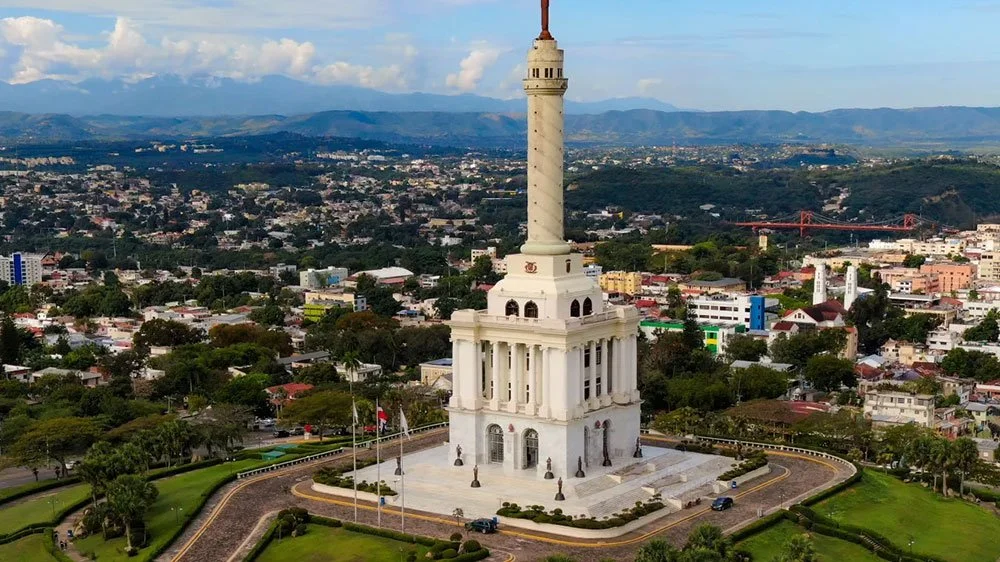Santo Domingo.- The preliminary findings of the X National Population and Housing Census revealed that the population of the Dominican Republic has reached a total of 10,760,028 inhabitants. Compared to the count in 2010, which stood at 9,445,281 individuals, this indicates a population growth of 13.9%.
Breaking down the numbers, the census data demonstrates a population comprised of 5,437,095 women (50.50%) and 5,322,933 men (49.5%).
While the overall population has increased, the rate of average annual growth between censuses continues to decrease, declining from 1.22% between 2002 and 2010 to 1.10% between 2010 and 2022. This downward trend has been consistent over the past seven decades.
The census also brought forth changes in the ranking of the five most populous regions, with La Altagracia entering and La Vega exiting this group.
In terms of geographical distribution, the Ozama Region contains 35.3% of the total population, with the Santo Domingo province alone contributing 2,769,589 inhabitants, making it the most populous area in the country.
Santiago province now claims second place with a population of 1,074,684, surpassing the National District, which now stands third with 1,029,110 individuals.
The remaining top five include San Cristóbal in fourth place with 688,828 inhabitants and La Altagracia in fifth with a population of 446,060, reflecting a growth rate of 4.1%.
Other provinces with significant population concentrations are La Vega (442,720), Duarte (308,353), San Pedro de Macoris (337,145), Puerto Plata (338,354), La Romana (287,915), San Juan de la Maguana (244,668), Azua (236,478), Espaillat (233,636), Peravia (209,372), Monte Plata (205,499), and Barahona (200,884).
On the opposite end, the provinces with the lowest populations include Pedernales (34,375), Independence (60,692), Elias Pina (64,615), Santiago Rodriguez (64,635), San Jose de Ocoa (69,081), Dajabón (74,809), Hermanas Mirabal (96,442), and El Seibo (99,168).
The census bulletin provides insights into the Dominican Republic’s population growth over the past 70 years. Over this period, the population increased 5.04 times, rising from 2,135,872 in 1950 to 10,760,025 in 2022. The annual rate of population growth between censuses displays a consistent decrease, falling from 3.6% between 1950-1960 to 1.10% between 2010 and 2022.
The census also delves into variables such as total population, gender distribution, province and region demographics, total dwelling count, and population density.
The X National Population and Housing Census provide essential data for informed decision-making across public and private sectors, aiding in policy formulation. The incorporation of technology during all stages of the census process has enhanced data quality.

